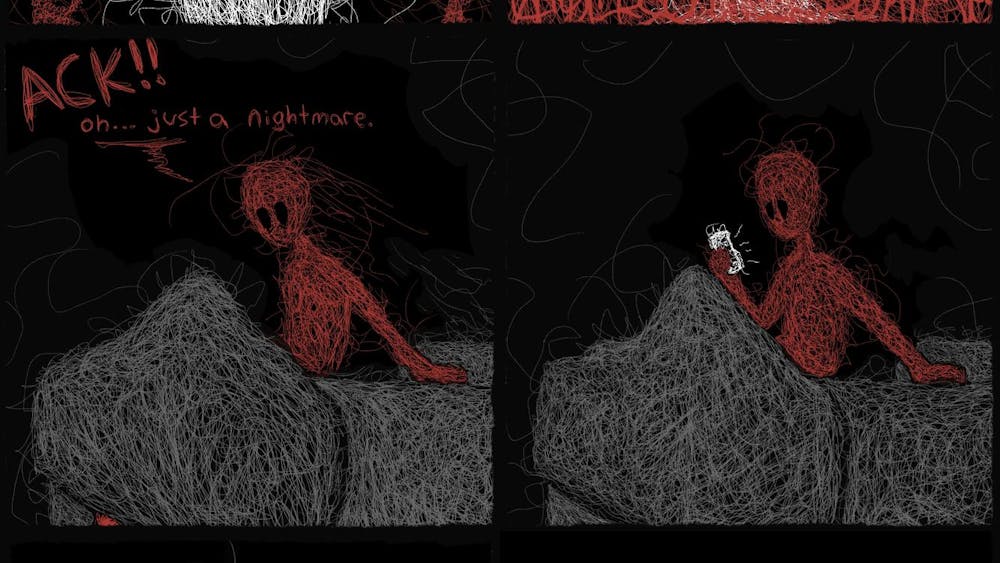We have all imagined sailing the high seas Jack Sparrow-style, fighting off other pirates and hunting for lost riches, traveling to faraway lands and going toe-to-toe with Black Beard himself. But sadly, that childhood dream usually sinks before ever leaving port.
That was, until now. Head over to your desk, flip open your laptop, open Firefox — because who really uses Internet Explorer anymore — and go to http://www.geocaching.com to start a swashbuckling adventure. The best part? These adventures are located all over the world – including Ypsilanti.
Geocaching, the combination of the words Geo for Earth, and cache, a French word referring to a temporary hiding place, is a treasure hunt for the 21st century. The treasure map has been conveniently replaced by technology, so instead of an X on a rolled up scroll buried deep on some deserted island, a set of GPS coordinates lead your way. Since most can’t calculate latitude and longitude in their heads, a GPS device or GPS-enabled phone will be helpful.
According to the website, Geocaching is “… a real-world, outdoor treasure hunting game using GPS-enabled devices. Participants navigate to a specific set of GPS coordinates and then attempt to find the geocache (container) hidden at that location.”
There are many different types of caches that can be found. The two most common types are traditional cache and multi-cache.
Small traditional caches contain, at least a log sheet to keep track of any finders, while larger containers have small items to trade. Coordinates for these provide exact locations.
If finding a traditional cache sounds too kindergarten for you, there are multi-caches available to find as well. These adventures are often referred to as ‘letterboxing’ and involve two or more locations, each cache giving you a clue to another until you are led to the final prize — if you’re lucky maybe you’ll find where Carmen San Diego is, too.
But there are many other types of caches as well. Some specifically include events details so geocachers can gather and talk about geocaching, while others, called EarthCache, give a location with unique geoscience features on Earth.
The rules for geocaching are simple and don’t require a degree in mechanical engineering, computer science or a surveyors… thing. First and foremost, if you take something from a cache it must be replaced by something of equal or greater value, and second, make sure to log about your experience and find on the log sheet in the cache and online.
Geocaching started as a response to an event on May 2, 2000. On that day twenty-four satellites went live and improved the accuracy of GPS devices greatly. Dave Ulmer, a computer consultant and GPS enthusiast, wanted to test the accuracy of the new satellites and hid a navigational marker and a stash in the woods near Beavercreek, Oregon.
A few readers found the stash in Oregon and wrote about their experiences. Eventually more and more people began caching, logging, searching and putting those experiences online, until the motto “If You Hide It, They Will Come” was established.
Each geocache listing on the site includes the following helpful information: the location and size of the cache, how difficult it is to get to and how difficult the terrain surrounding the cache is. This is also where the logs of previous finders can be seen, some of which contain clues that might be helpful on the hunt.
Geocaching is free to sign up for; all you need is an email, login and password. There is a premium membership that might allow access some additional geocaches, but most of the listings are available for free. And in this economy free pirate fun is always good – especially when you don’t even need a boat.









